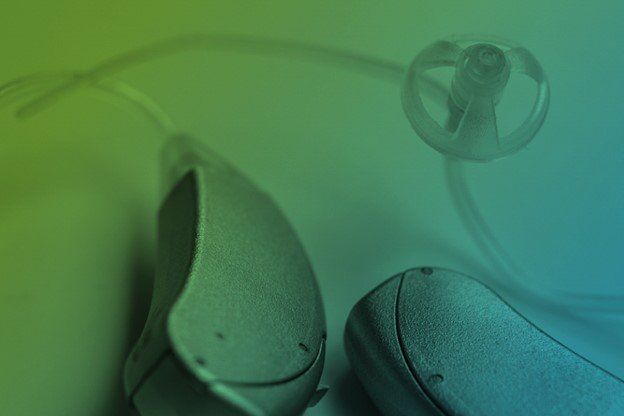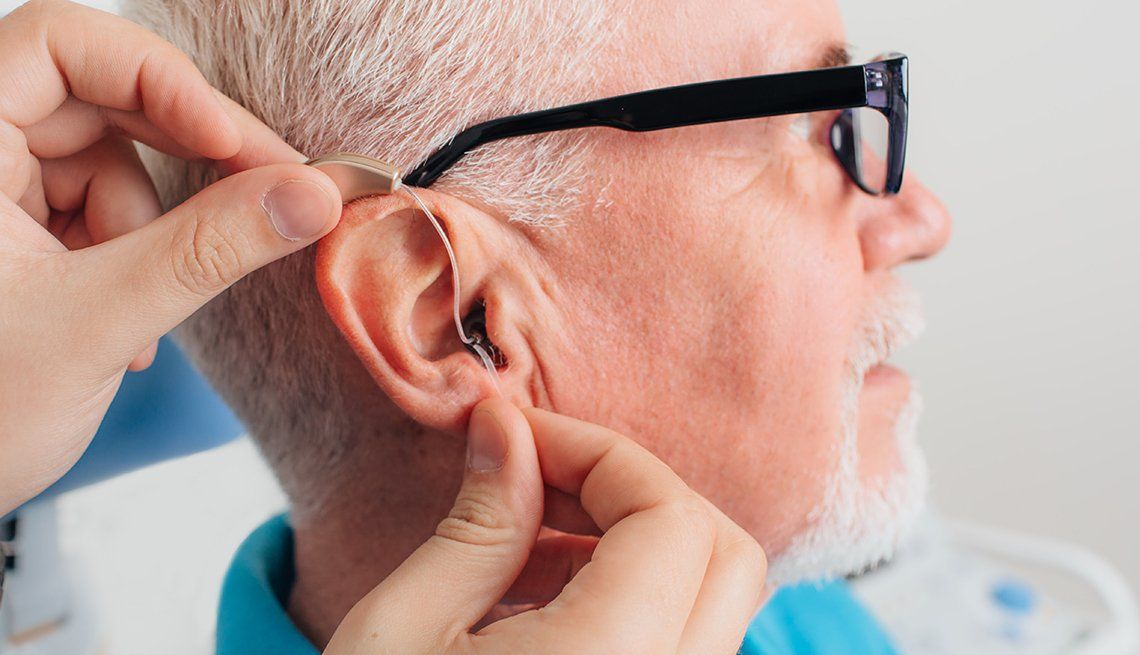At the Audiology Clinic of Northern Alberta, we pride ourselves on providing extensive and comprehensive audiological evaluations. We believe in going beyond the basic tests to better help our clients.
Our hearing evaluations include standard testing to determine configuration, severity and type of hearing loss. But we also see the need to determine how you are functioning with your current hearing to determine appropriate individualized communication plans.
Hearing is a two-part process:
- The physical action of hearing, which we measure to determine the audibility of sound (the configuration, severity and type of hearing loss).
- How the sound information is processed once it exits the cochlea, which affects how easily or with how much difficulty the person communicates.
Considering how you may be functioning with your hearing is a crucial factor in counselling and formulating an individualized communication plan.
These are the types of tests your clinician will perform during a hearing test at the Audiology Clinic of Northern Alberta.
Otoscopy
The clinician will perform an examination with light with magnification to see if there are any obstructions or abnormalities in the outer ear.
Air Conduction
Sound is transmitted through ear inserts (or through headphones and speakers) to test the process of hearing from the time the sound enters the outer ear and travels through the middle ear and reaches the inner ear. This test determines the severity of hearing loss.
Bone Conduction
A little black box (called a bone oscillator) is placed behind the ear lobe and rests on the mastoid bone. The sound then directly stimulates the inner ear. These results are used in comparison with air conduction results to determine the types of hearing loss present.
Tympanometry
This is a measurement of the function of the middle ear. Tympanometry measures how much the eardrum is moving and the pressure in the middle ear. This test is mostly used to verify or dismiss middle ear disorders.
Acoustic Reflexes (as necessary)
Completed along with tympanometry, this measures a muscle reflex that happens in our ear when loud sounds are present. This test will capture if the reflex is present or not, which lets us know if one of the little ear bones is functioning up to par and if neural impulses are moving along our auditory and facial nerves within normal limits.
Acoustic Reflex Decay (as necessary)
This test is used more sparingly and tests acoustic reflexes to see how long the contraction is sustained. It is only completed in very limited cases to help determine possible issues beyond the inner ear.
Speech Reception Thresholds
You will hear two-syllable words (such as “airplane”) at volumes that become softer and softer to determine the faintest level you can hear these words.
Word Recognition
A recorded speaker asks for the repetition of certain one syllable words. For example: “Say the word good.” You are asked to repeat back the word. This test is completed at certain levels to determine clarity or your word recognition ability; sometimes this test is done with noise presented in the opposite ear.
Quick Speech-In-Noise Test
This is a speech test that uses sentences. A series of sentences are presented and with each sentence the background noise gets louder and louder. You are asked to repeat back the sentence the best you can to determine how well you can hear when there is competing background noise.
Dichotic Digits
You will hear two different numbers in each ear at the same time and will be asked to repeat back all four numbers. This is a test of auditory processing and binaural integration to give a sense of how well you can hear in competing environments with multiple sounds coming into each ear separately.
Loudness Discomfort Levels
Measures the levels at which sounds become uncomfortably loud. This information is used when programming hearing aids to make sure they never get too loud and to validate certain auditory dysfunctions such as hyperacusis.
Distortion Product Otoacoustic Emissions (DPOAE’s) (as necessary)
A quiet sound is presented to the ear and an echo-like response is recorded from your inner ear. This determines if the outer hairs cells in the cochlea are healthy.
High Frequency Audiometry (upon request)
Measures hearing sensitivity beyond 8,000 Hz up to 18,000 Hz, which is usually the highest frequency tested in standard audiometry. This is useful for monitoring ear damage from certain drugs or chemicals (ototoxicity).









